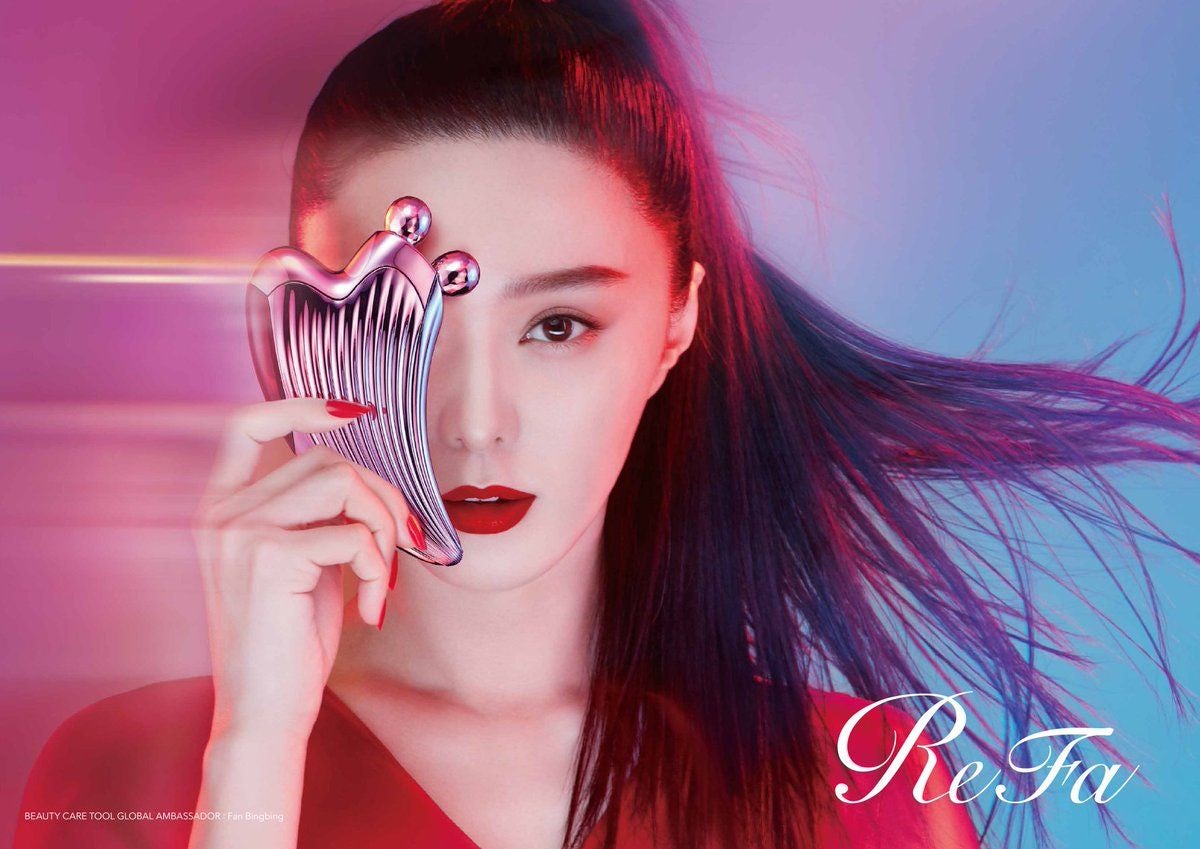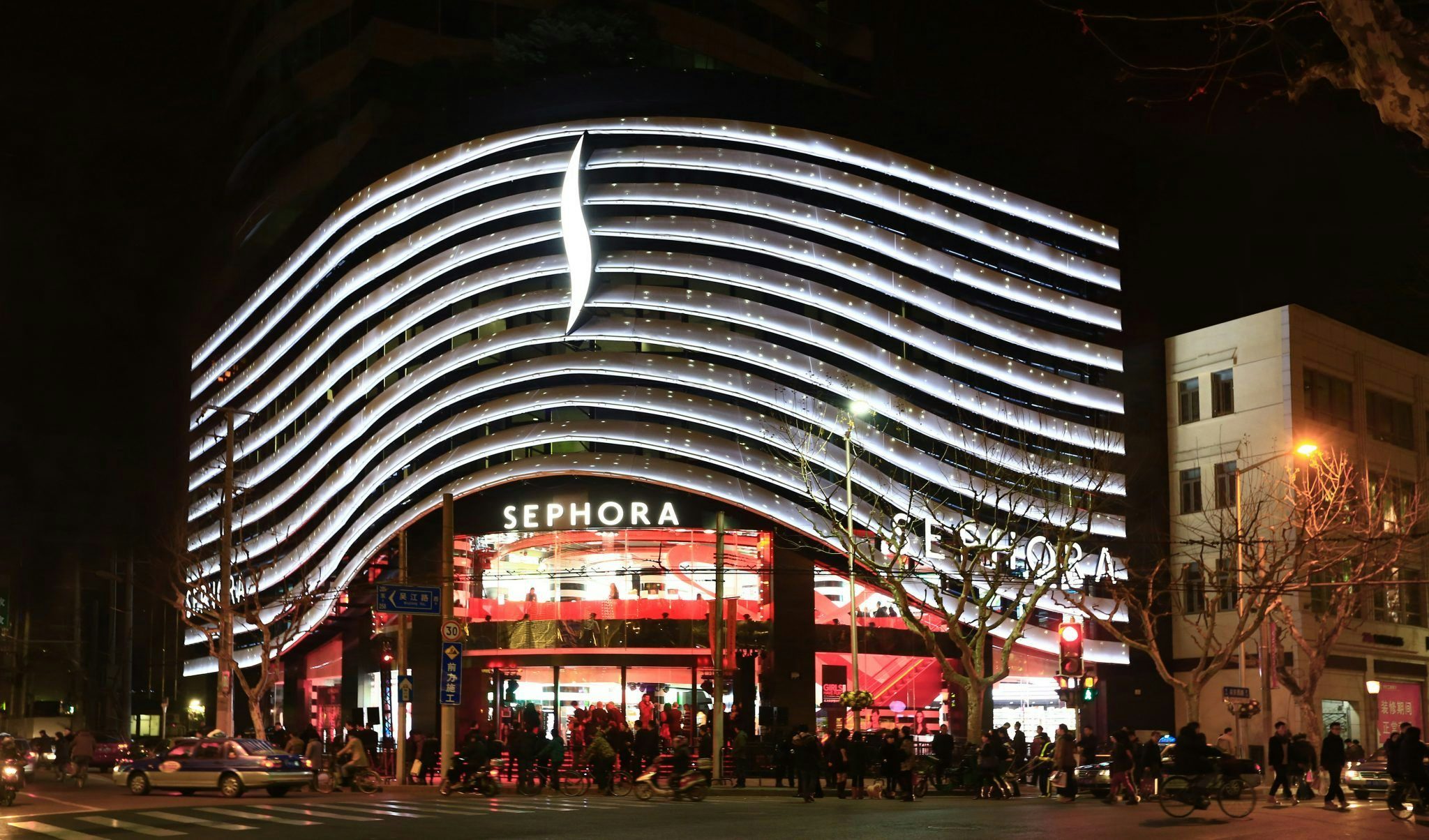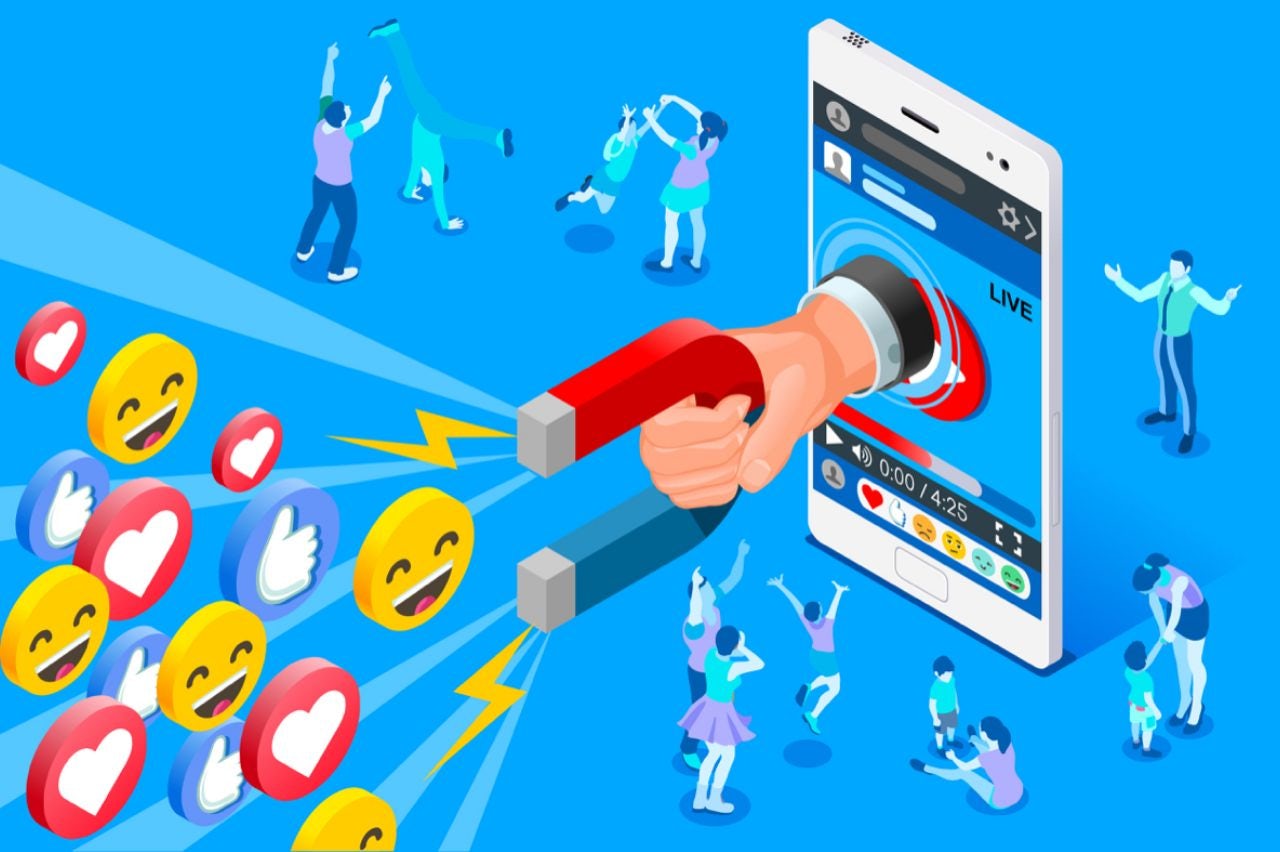In a new high-end beauty “Smart Store” in Shanghai, customers don buying bracelets and have only to waive their wrists to purchase products ranging from a 105 (approximately 721RMB) box of Miracle Masks to a 160 (approximately 1,099RMB) Radiance Regimen. The innovation shows, yet again, that brick-and-mortar retail is not dead; it just needs a head-to-toe revamp to cater to today’s shoppers, who are digitally-savvy and looking for an engaging experience sharable on social media.
[video width="1920" height="1080" mp4="http://jingdaily.com/wp-content/uploads/2018/10/SK-II-Future-X-10s-high-res-3.mp4" preload="auto"][/video]
SK-II’s smart store#
Japanese prestige beauty brand SK-II launched its month-long "Future X" Smart Store in Shanghai on September 12. The new store employs technologies such as facial recognition and artificial intelligence (AI) to offer an intimate, immersive and customized shopping journey for visitors, aiming to transform the retail experiences of Chinese beauty consumers. The Shanghai store, located in the fashion and art department store K-11, is an extension of SK-II’s successful Tokyo activation back in May.
When entering the futuristic store, Chinese consumers first see a large-scale digital wall, named “The Art of You”, which lets them create their personal art piece by posing in front of it. In addition, visitors learn about SK-II Facial Treatment Essence at the “Miracle Water” Lab and get a free skin scan analysis. It’s a high-tech hard-sell: an interactive skincare wall then displays an analysis of each user’s skin condition, coupled with a set of SK-II products recommendations based on the results.
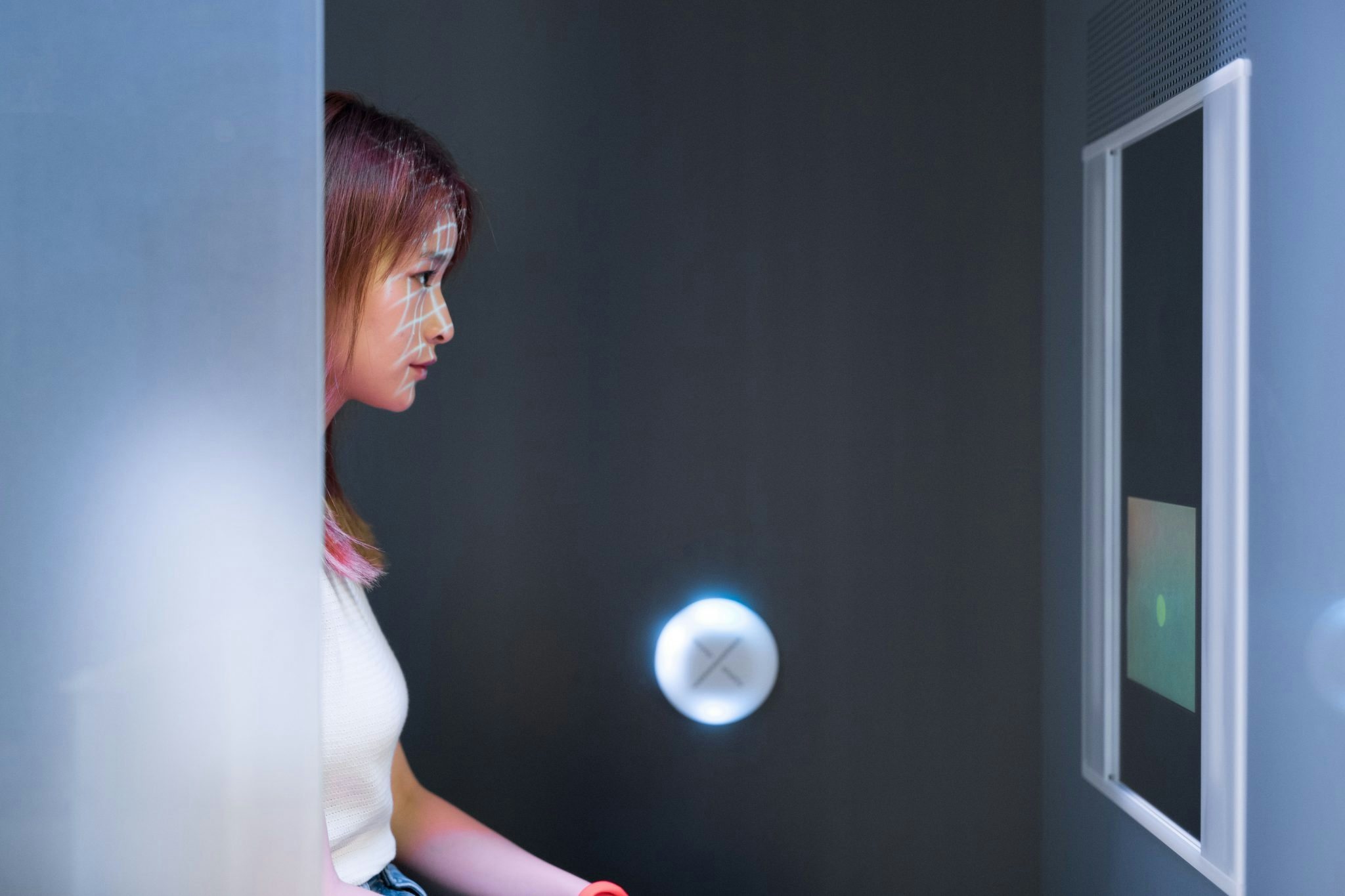
SK-II also collaborated with China’s e-commerce giant JD.com to invent a special bracelet which allows the brand to identify each consumer and connect to their JD.com accounts once they enter the store. To complete an order, consumers only need to wave their waists on a scanner.
Sephora’s concept store#
SK-II is just one beauty brand trying these toys. On September 21, LVMH-owned global beauty chain Sephora unveiled its first concept store in Asia at the World Trade International Plaza on Shanghai's East Nanjing Road.
Similar to SK-II’s innovative in-store offerings, the store has partnered with Meitu, the company behind the country’s popular photo editing and beautifying app, to present interactive e-commerce walls and virtual make-up artists.
What luxury brands can learn about retail innovation#
Both SK-II and Sephora have exemplified how the brand-consumer relationship has evolved in the post-digital retail environment and offered some ways to adapt for laggard luxury brands in China.
In the example of SK-II, the Japanese brand is first feeding customers what they need – in this case, colorful settings, selfies and videos - and then introducing them to products, motivating and facilitating them to shop.
The challenge to build a smart store in Shanghai, according to Emil Lanne, Executive Creative Director from Huge, the marketing agency that designed the SK-II stores in Shanghai and Tokyo, was to “have more colors and beautiful settings to empower Chinese consumers to take photos and selfies, meanwhile, give them a quicker experience.”
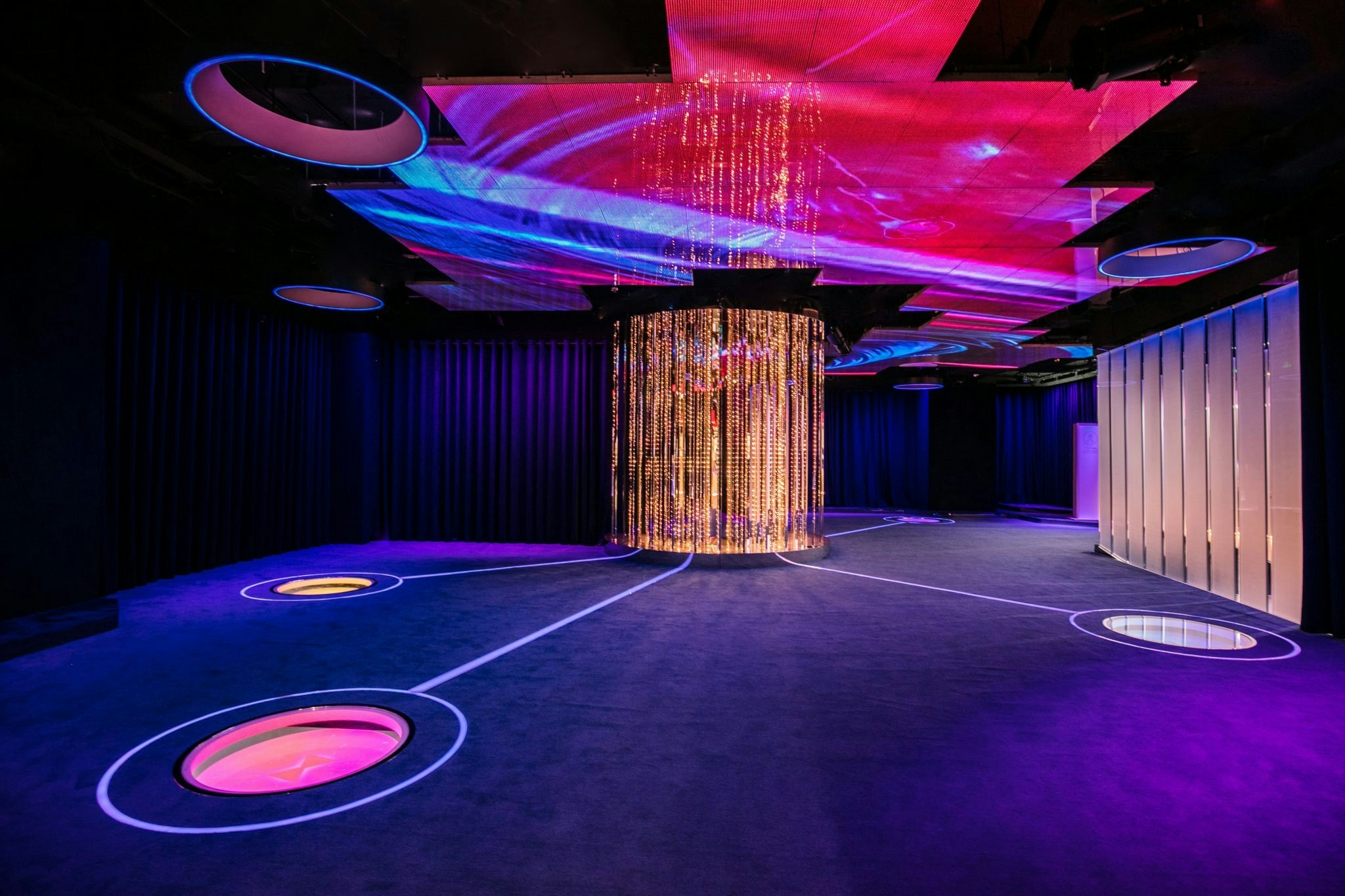
Lanne’s remarks capture a key retail characteristic of today’s Chinese shoppers, in particular, a younger generation, whose behaviors are predominately shaped by various digital products like WeChat and Douyin. They demand brands deliver an engaging and immersive experience and that experience has to make them feel proud to share with their friends and families later on.
Moreover, both beauty players are successful in turning their offline events into an online celebration to further expand the influence through online channels. SK-II and Sephora have employed a great number of social media influencers to promote their stores. SK-II alone has seen a rich variety of over 65 influencers from across the beauty, tech, and entertainment industries and platforms post about it since opening.

